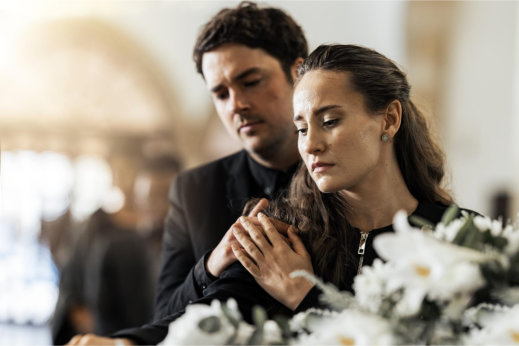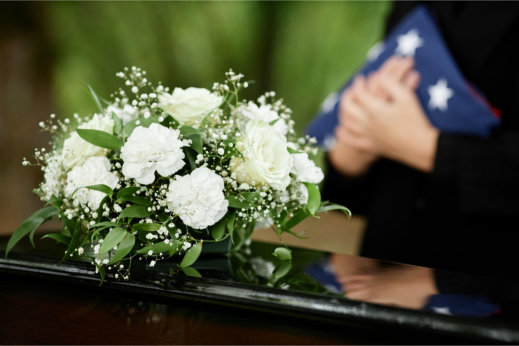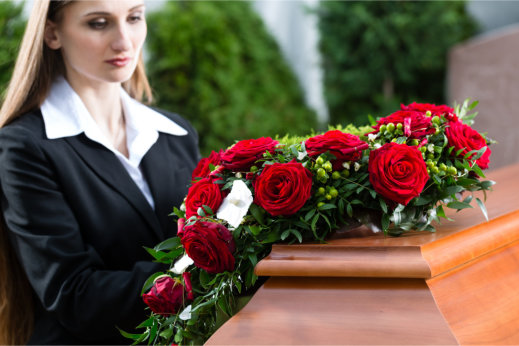Having to the right support can make a difference.
It can provide comfort, understanding, and the space to process emotions during difficult times of loss.
WHAT DO YOU NEED TO DO?
When someone dies, there are several customary steps and rituals followed to honour the deceased and support the grieving family. Some common practices include:


REPORT THE DEATH
The first step is to report the death to a medical professional or a doctor, who will issue a medical certificate of the cause of death.
REGISTER THE DEATH
The death must be registered at the local Registrar of Births, Deaths, and Marriages within a specified time frame. This is usually done by a close family member or a person present at the time of death.


ARRANGE THE FUNERAL
The family and close friends of the deceased typically organize the funeral. They may choose between a burial or cremation, depending on the deceased's or family's preferences.
FUNERAL SERVICE
A funeral service is held, where family and friends gather to pay their respects, offer condolences, and say their final goodbyes. Religious or cultural traditions may influence the format of the service.


WAKE OR RECEPTION
After the funeral, it is common to have a gathering known as a wake or reception. This is an opportunity for mourners to share memories, support each other, and reflect on the life of the person who passed away.
CONDOLENCES
Friends, acquaintances, and colleagues often send sympathy cards or flowers to express their condolences and support to the bereaved family. Grief support is available in various forms, including bereavement counselling, support groups, and helplines. These resources can help individuals cope with the loss and navigate the grieving process.
It's important to note that practices and customs may vary based on individual beliefs, cultural backgrounds, and religious affiliations of the deceased and their family.


